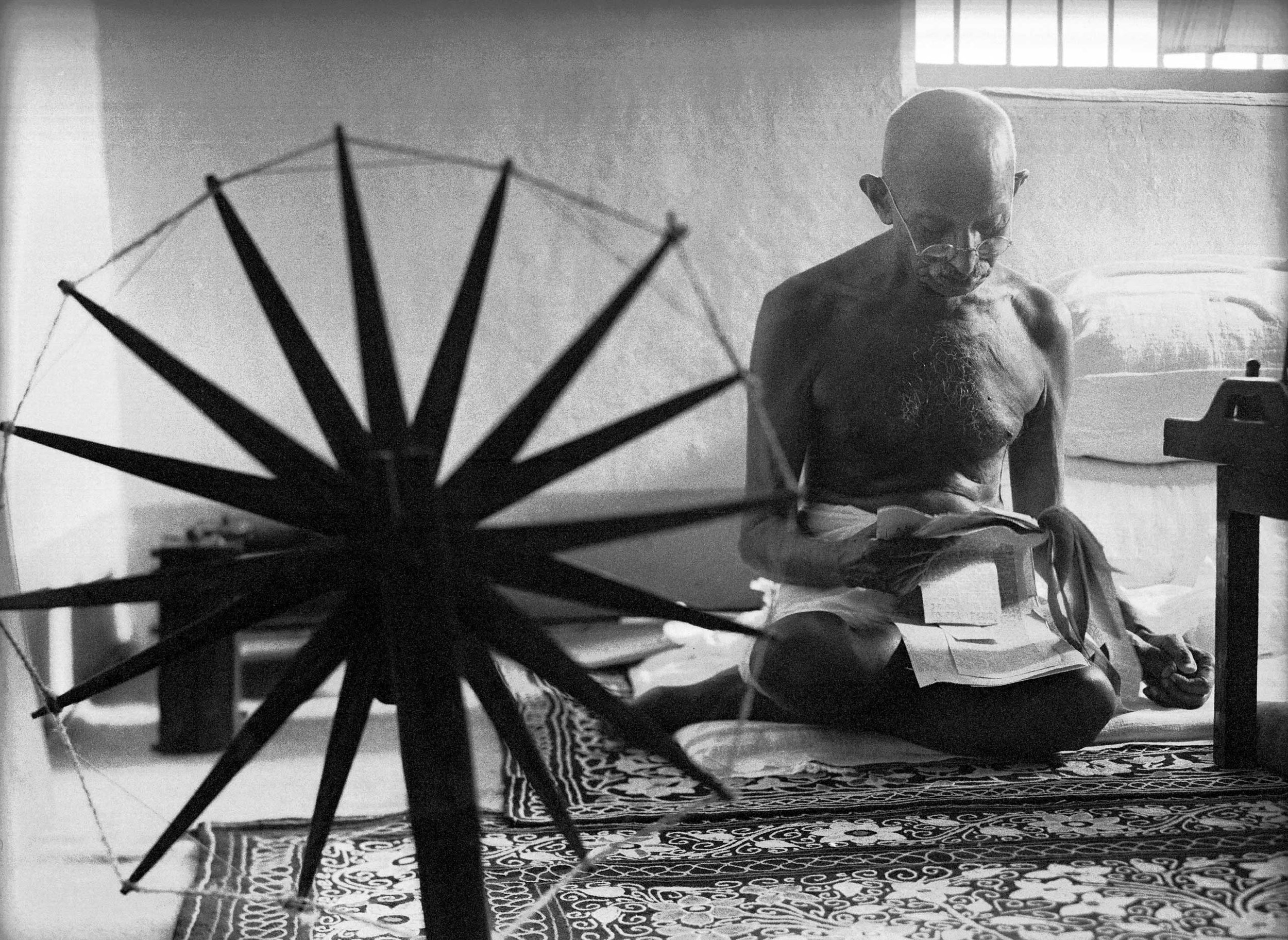Capturing Freedom: Margaret Bourke-White and the Iconic Gandhi Photograph
In the pages of history, there are few photographs as evocative and potent as the one of Mahatma Gandhi sitting in front of a spinning wheel. This photograph, taken by acclaimed American photojournalist Margaret Bourke-White in 1946, is an iconic representation of a nation's struggle for freedom and an individual's commitment to simplicity, self-sufficiency, and peace.
Margaret Bourke-White, renowned for her impactful war-time images, arrived in India during a period of massive political upheaval. The country was on the cusp of independence, brimming with hopeful yet apprehensive energy. Bourke-White's primary mission was to document the tremors of this independence movement rippling through the Indian subcontinent. During her time in India, she had the opportunity to meet Mahatma Gandhi, a crucial figure leading the fight for independence.
Margaret Bourke-White: Her Pictures Were Her Life by Susan Goldman Rubin provides an intimate insight into her journey.
When Bourke-White met Gandhi, she was intrigued by his philosophy of non-violence and self-sufficiency, represented by his act of spinning his own cloth. The simplicity of this act contrasted sharply with the complexity of the political atmosphere, creating a compelling narrative that she wanted to capture.
This intriguing scenario presented unique challenges and opportunities from a photography perspective. Bourke-White's camera of choice was the Rolleiflex, known for its exceptional build quality and precision optics. She preferred black and white film for its ability to accentuate contrasts and textures. This came in handy while capturing the juxtaposition of Gandhi's simple attire and the intricate design of the spinning wheel.
For anyone interested in exploring the technical aspects of such iconic photographs, The Art of Photography: An Approach to Personal Expression by Bruce Barnbaum makes for a compelling read.
In the photograph, the strength and determination radiating from Gandhi's concentrated gaze are balanced by the tranquillity of the scene, offering viewers a glimpse into his indomitable spirit and the peaceful defiance that characterized the Indian independence movement.
The picture wasn't merely a work of art; it became a symbol. The spinning wheel, or 'charkha,' was not just an object in the image. It held its own significance. For Gandhi, it was a tool of protest against British-made goods that flooded Indian markets. By spinning their own cloth, he argued, Indians could become self-sufficient and independent. This sentiment resonated with millions of Indians and became a pivotal part of the freedom movement.
Bourke-White's photograph of Gandhi with his spinning wheel played a significant role in shaping public opinion and rallying support for the Indian independence movement. It encapsulated the essence of a momentous period in history in a single, powerful frame.
India gained independence on August 15, 1947, a little over a year after the photograph was taken. The image, however, continues to hold its place in history, signifying a moment when a nation spun its own destiny.
Bourke-White's commitment to her craft and her acute awareness of the socio-political environment enabled her to create an image that transcended geographical boundaries and continues to inspire generations. As it turns out, a picture indeed can be worth a thousand words, and sometimes, even more.
You can also watch this YouTube video to find out more.
